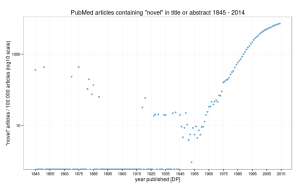A brief message for anyone who uses my PubMed retractions report. It’s no longer available at RPubs; instead, you will find it here at Github. Github pages hosting is great, once you figure out that docs/ corresponds to your web root :)
Now I really must update the code and try to make it more interesting than a bunch of bar charts.


